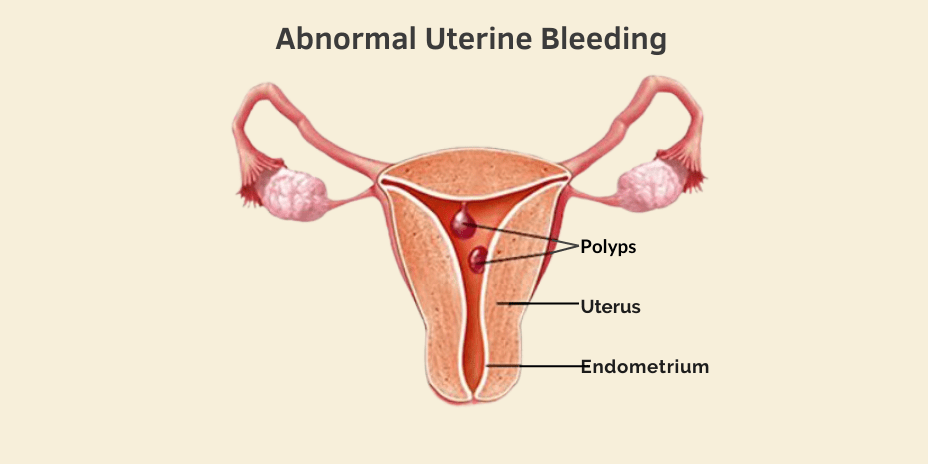
ABNORMAL UTERINE BLEEDING
Dysfunctional uterine bleeding (DUB) is the most common cause of abnormal vaginal bleeding during a woman’s reproductive years. It affects women’s health not only medically but may have a significant negative impact on her quality of life and social health as well. About 30% of all women face this problem in their life once. 5% of women between 30 to 49 years seek their doctors because of this.
SIGNS & SYMPTOMS
Abnormal Uterine bleeding may present as –
- Heavy periods
- Irregular bleeding and spotting
- Bleeding after sexual intercourse
- Continuous bleeding
- Bleeding/spotting after menopause
- Bleeding associated with pregnancy states.
CAUSES
Causes may be many and a proper work up and clinical approach is required in each woman to reach a proper diagnoses.
Some common causes are-
- Hormonal imbalance (as in PCOD)
- Presence of polyps /fibroids/infection in the uterus
- Pregnancy related bleeding problems
- Gynaecologic Cancers
- Rarely some medical diseases like thyroid problems ,liver diseases, medications, stress etc.
DIAGNOSIS
Apart from basic blood investigations, a few special investigations may be needed according to each patient’s special case, like
- USG (Sonography)
- Special blood hormonal assays
- Hysteroscopy
- (This is the visualization of the uterus through endoscope, which gives a definite picture of the inside of a woman’s uterus)
- Pap smear or Colposcopy
- (These are special tests to examine the mouth of the uterus under magnification and take biopsy of the abnormal area)
- D & C (Dilatation and Curettage)
- (This is scraping the inside lining of the uterus and sending it for microscopic examination
TREATMENT
Treatment is tailored according to each woman’s age, diagnosis and her fertility status. It could be just medical management with drugs or may involve removal of polyps/ fibroids hysteroscopically. Other options could be endometrial ablation by lasers or electrocautery. In this the lining of the uterus is removed such that it cannot regrow. Complete stoppage of periods is achieved in about 35% women. About 45% experience significant reduction in menstrual flow. However upto 30% may require a hysterectomy after about 2 years.
Even if a woman needs hysterectomy it can be done without scars through the minimally invasive laparoscopic route or the vaginal route.
